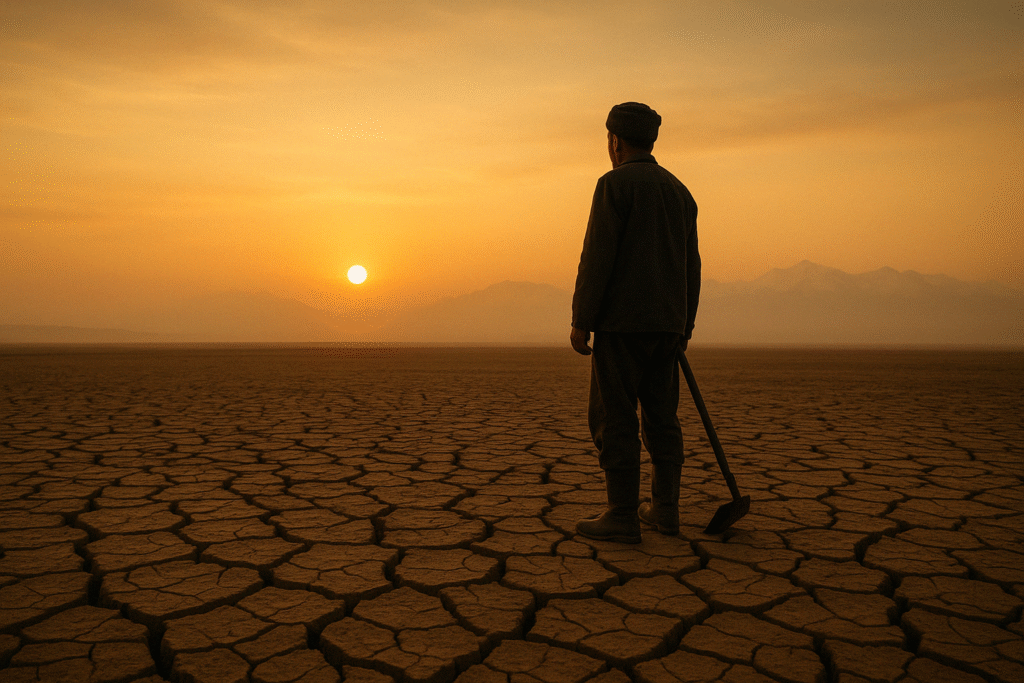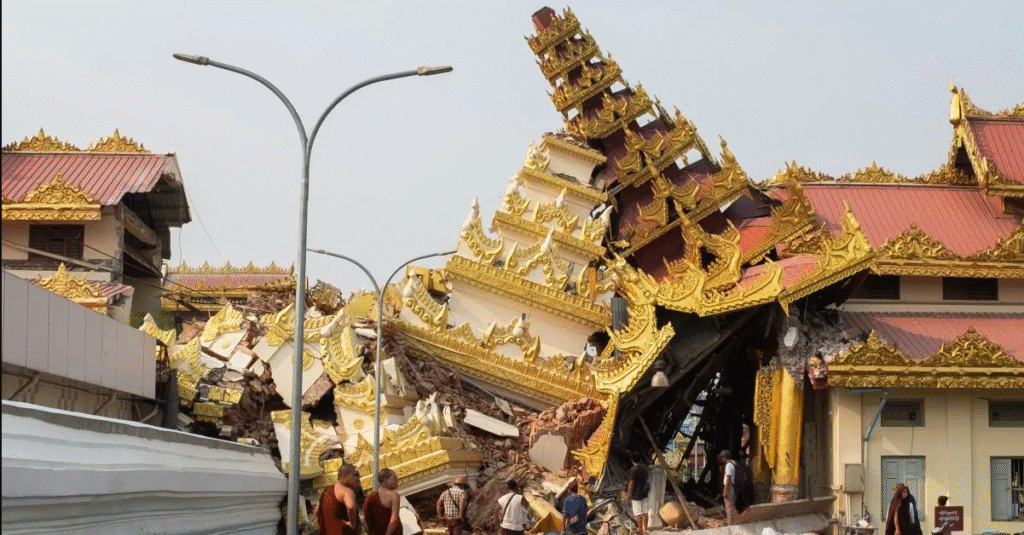Posted inBLOG News Seasonal Weather Trends
Trump’s Executive Order to Boost the U.S. Coal Industry for AI: Implications for Global Health
The executive order's push to increase coal production could have detrimental effects far beyond U.S. borders. Pollution knows no national boundaries; emissions from American coal plants, propelled by prevailing wind currents, can travel thousands of miles, degrading air quality across the globe. Studies have consistently shown links between coal-related air pollution and increased incidence of asthma, bronchitis, lung cancer, strokes, and heart disease. Particularly vulnerable populations include children, the elderly, and individuals in developing countries with weaker environmental protections.









